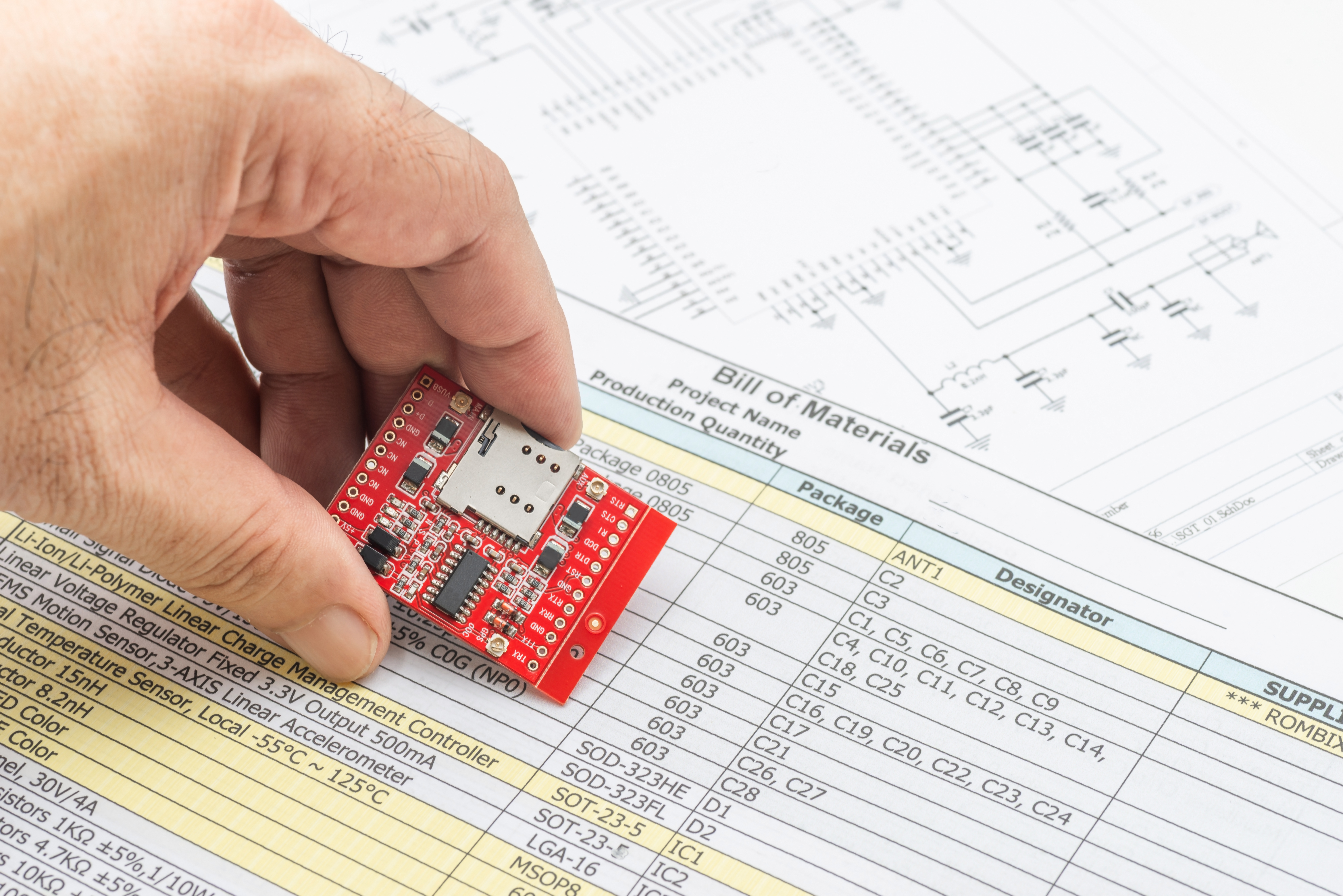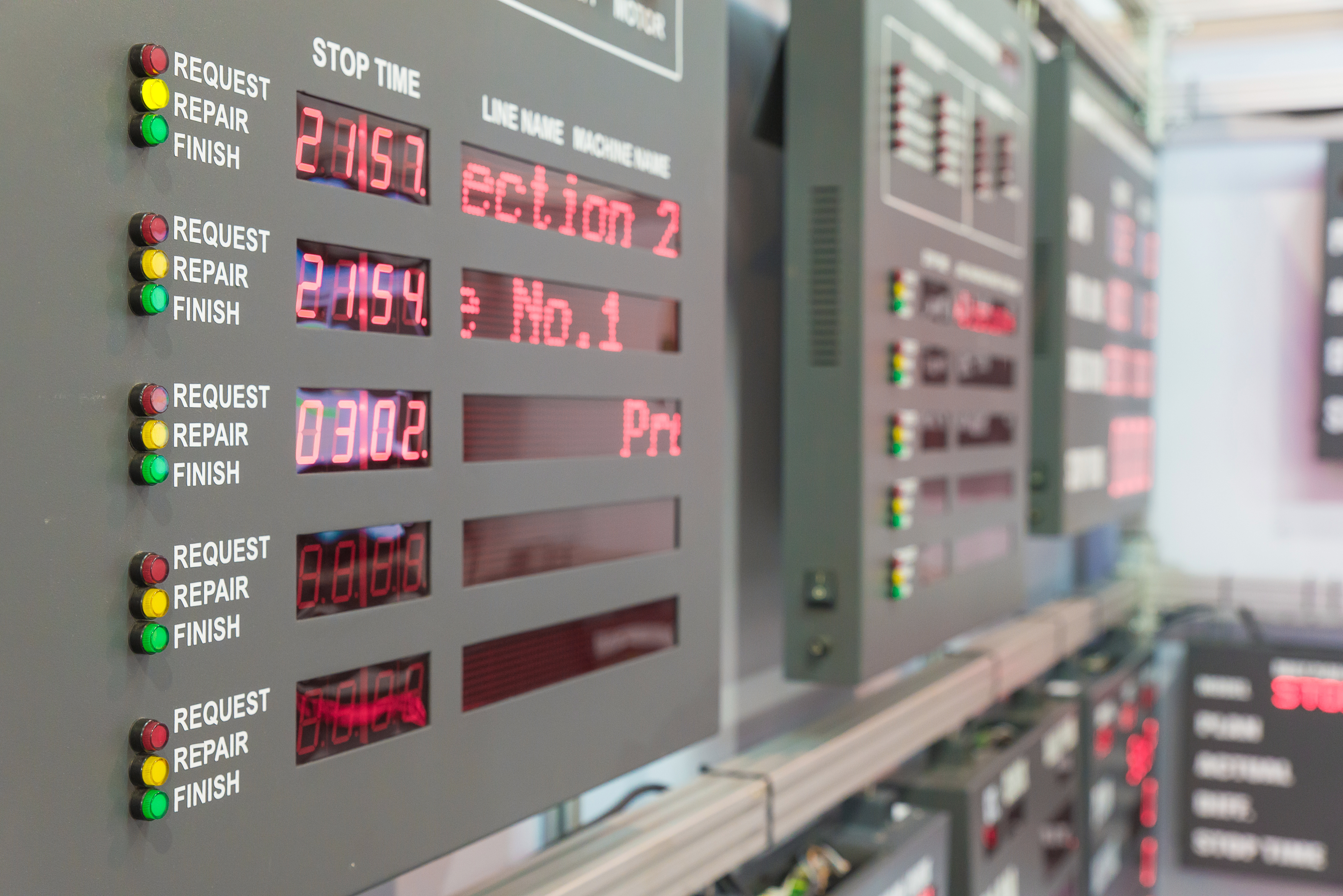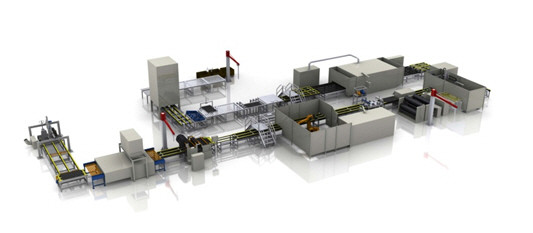Building automation has come a long way since manual controls and simple timers. Today, building automation systems (BAS) rely on sensors, controllers, and software to monitor and control the various systems within a building, including HVAC, lighting, security, and more. But with the rise of the Internet of Things (IoT) and artificial intelligence (AI), building automation is poised to undergo a significant revolution. In this article, we'll explore the power of data, IoT, and AI in building automation and how you can use these technologies to transform your buildings.
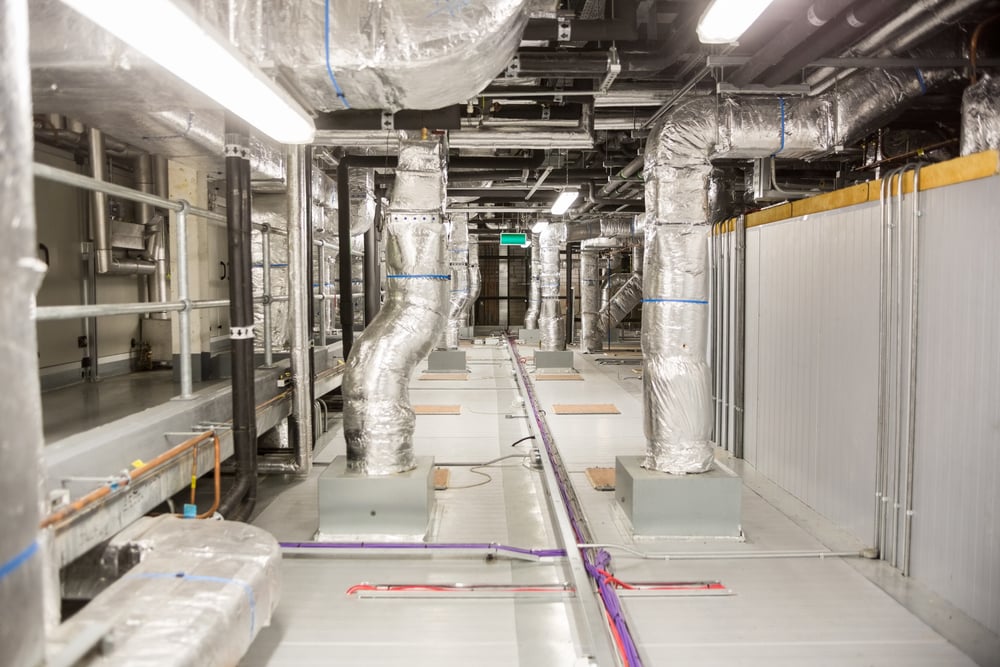
Introduction to Building Automation
Building automation refers to using technology to manage and control the various systems within a building. These systems can include HVAC, lighting, security, fire safety, and more. By automating these systems, building owners and managers can reduce energy consumption, improve occupant comfort and safety, and lower maintenance costs. Building automation systems typically include sensors to monitor parameters such as temperature, humidity, and occupancy and controllers to adjust settings based on this data.
The Importance of Building Automation
Building automation systems have become indispensable to modern construction in the United States. These systems are designed to automate and control various building functions, such as lighting, heating, ventilation, and air conditioning. The use of building automation systems in the US has increased significantly in recent years, owing to their numerous benefits.
- One of the most significant advantages of building automation is energy efficiency. These systems reduce energy consumption by controlling lighting, heating, and air conditioning based on occupancy and ambient conditions. Controlling these environmental systems reduces the buildings' carbon footprint and results in cost savings for building owners.
- Another benefit of building automation systems is improved occupant comfort. These systems are designed to maintain optimal indoor air quality and temperature, ensuring that occupants are always comfortable. Additionally, building automation systems can provide real-time data on energy consumption, occupancy, and other factors, which can be used to optimize building performance and identify areas for improvement.
- Building automation systems also plays a crucial role in building security. These systems can be integrated with access control, CCTV, and fire alarm systems to provide a comprehensive security solution. In addition, building automation systems can automatically trigger alarms, shut down equipment, and alert first responders in an emergency.
What is IoT and How Does it Impact Building Automation?
The Internet of Things (IoT) refers to the network of physical devices, vehicles, home appliances, and other items embedded with electronics, software, sensors, and connectivity, enabling these objects to connect and exchange data. IoT significantly impacts building automation because it allows for more connectivity and data exchange between building systems. For example, by joining HVAC, lighting, and security systems, building owners and managers can gain a more comprehensive view of their building's performance and make more informed decisions.
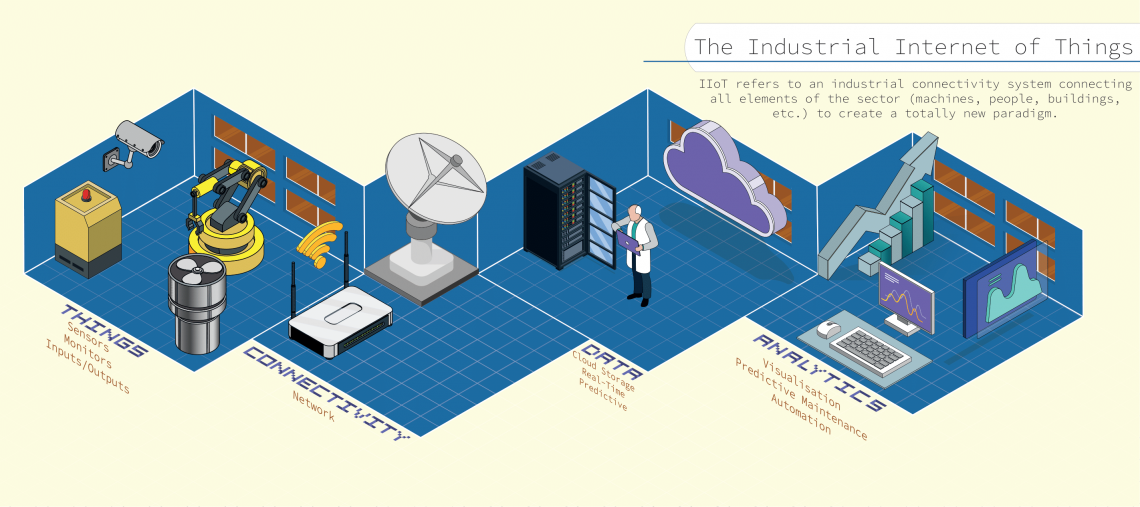
Understanding AI and its Role in Building Automation
Artificial intelligence (AI) refers to the ability of machines to perform tasks that would typically require human intelligence, such as visual perception, speech recognition, decision-making, and language translation. AI is significant in building automation because it can help optimize building systems based on data analysis and predictive modeling. For example, AI algorithms can analyze data from sensors and other sources to identify patterns and predict future performance.
Benefits of Implementing IoT and AI in Building Automation
The benefits of implementing IoT and AI in building automation are numerous. By using these technologies, building owners and managers can:
- Gain greater insight into the performance of a structure and make more informed decisions
- Optimize energy consumption and reduce costs
- Improve occupant comfort and productivity
- Enhance safety and security
- Extend the life of building equipment through predictive maintenance
Challenges in Implementing IoT and AI in Building Automation
Despite the many benefits of IoT and AI in building automation, there are also some challenges to consider. These include:
- Cost: Implementing IoT and AI can be expensive, especially for older buildings that may require significant upgrades to existing systems.
- Integration: Integrating different systems and devices can be complex, especially if they are from other vendors or use different communication protocols.
- Security: IoT devices can be vulnerable to cyber attacks, compromising building systems and putting occupants at risk.
- Data privacy: Collecting and analyzing data from building systems raises privacy concerns, especially if personal information is involved.

Case Studies of Successful Building Automation Implementations
Despite the challenges, many successful building automation implementations have leveraged IoT and AI technologies. For example:
- The Empire State Building in New York City underwent a major retrofit in 2009, including installing a building automation system. Using data analytics and machine learning, the system optimized the building's energy performance, resulting in a 38% reduction in energy use and $4.4 million in annual cost savings.
- The Edge, a high-tech office building in Amsterdam, uses IoT sensors and AI algorithms to create a highly efficient and sustainable workspace. The building's automated systems adjust lighting, temperature, and ventilation based on occupancy and other factors, resulting in a 70% reduction in energy use compared to a traditional office building.
- One of the most impressive success stories of building automation in 2022 is the implementation at the Salesforce Tower in San Francisco. This 61-story skyscraper boasts state-of-the-art automation systems that control everything from lighting and temperature to security and elevators. Using advanced sensors and analytics, the building's automation system can optimize energy usage and reduce waste while providing occupants with a seamless experience.
- Another notable example of successful building automation in 2022 is the implementation at the Javits Center in New York City. This massive convention center underwent a major renovation, including installing a comprehensive automation system. The system monitors and controls everything from lighting and HVAC to water usage and waste management. The BAS (Building Automation System) has resulted in significant energy savings and improved the center's sustainability while providing visitors and staff with a more comfortable and productive experience.
Future Trends in Building Automation
Looking ahead, several trends are likely to shape the future of building automation:
- Increased use of edge computing: With the rise of IoT devices, there is a growing need for computing power at the network's edge rather than relying on centralized data centers.
- Greater use of AI and machine learning: As more data is collected from building systems, AI and machine learning algorithms will become increasingly important for making sense of this data and identifying opportunities for optimization.
- Integration with smart cities: Building automation systems will become more integrated with smart city initiatives, allowing for greater coordination between buildings and other urban infrastructure.
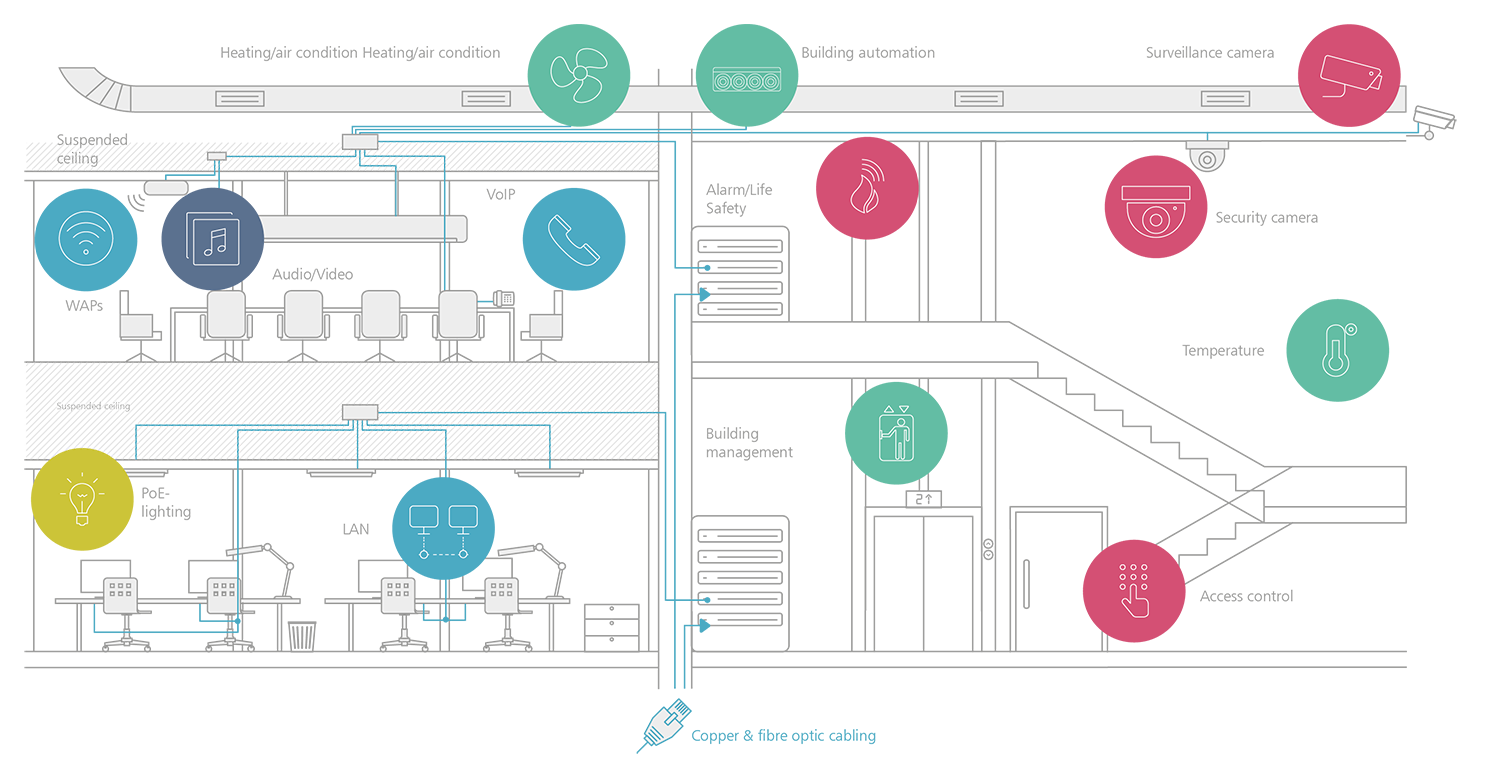
Steps to Revolutionize Your Building Automation with Data, IoT, and AI
If you're interested in revolutionizing your building automation with data, IoT, and AI, here are some steps to consider:
- Conduct a comprehensive audit of your existing building systems and identify areas for improvement.
- Develop a plan for integrating IoT devices and sensors into your building systems, and consider the cost and security implications.
- Implement AI and machine learning algorithms to analyze data from your building systems and identify opportunities for optimization.
- Monitor and adjust your building systems based on the insights gained from your data analysis.
- Continuously evaluate and refine your building automation systems to meet your goals and objectives.
Conclusion
Building automation is a powerful tool for reducing energy consumption, improving occupant comfort and safety, and lowering maintenance costs. With the rise of IoT and AI, building automation is poised to undergo a significant revolution, offering even greater opportunities for optimization and innovation. As a result, building owners and managers can use these technologies to create more efficient, sustainable, and comfortable spaces for their occupants.

